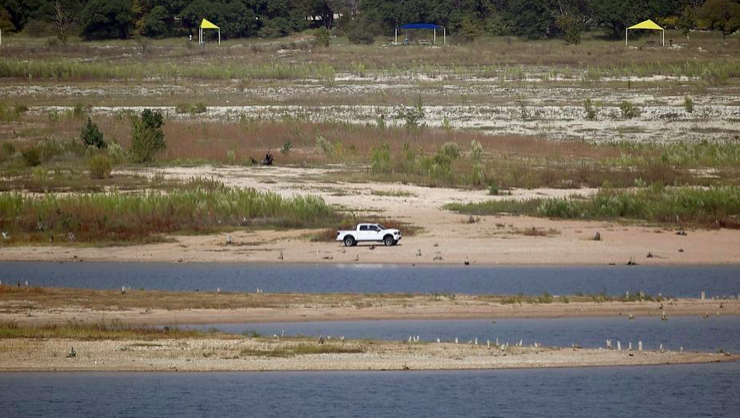After heavy rains last winter and early this summer, Texas is seeing a rapid return to hot, bone-dry conditions. While we watch our lawns brown and wait for the rains to return, the age-old question echoes again, “Does fast-growing Texas, which is adding 1,000 new residents every day, have enough water to weather future prolonged droughts?”
Without more efficient water practices and broader uptake of water reuse technologies, the answer could well be, ’No.″ And that could mean a ruinous situation of ’haves and have-nots” when the next dry spell hits. As we saw during the 2011-2015 drought, while all of us are affected by drought, some are more vulnerable than others – especially our farms, our rural communities and our rivers and bays.
It doesn’t have to be this way. Texas has enormous opportunities to invest in realistic, long-lasting water solutions that will ensure ample water flows for all Texans, no matter their income or zip code.
But it will require big changes in how we think about water and where it comes from. The state’s historic reliance on rivers, reservoirs and groundwater – resources that are increasingly strained due to growing water demands and hotter, drier conditions – is not a viable long-term solution. We need to incentivize using all sources of water, including rainwater, wastewater and stormwater, to boost local water supplies.
Read more from Sharlene Leurig, CEO of Texas Water Trade with the Austin American-Statesman here.

